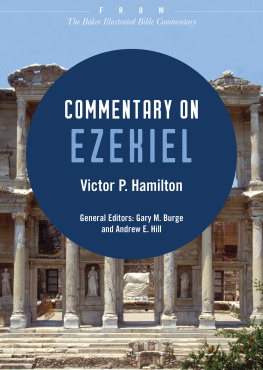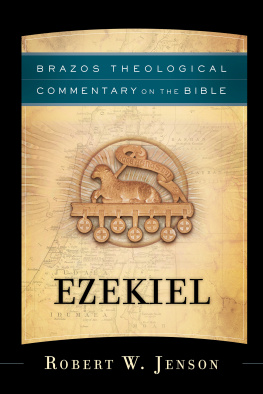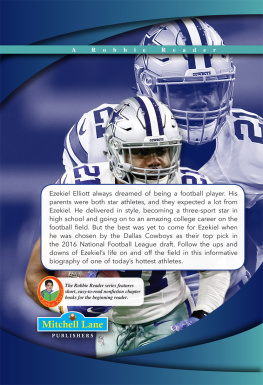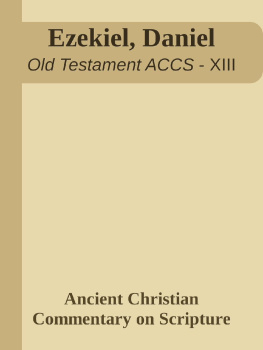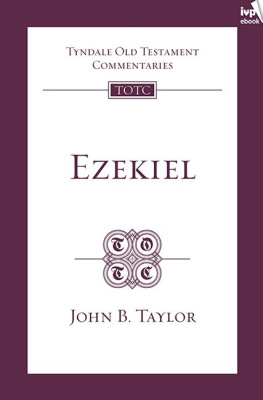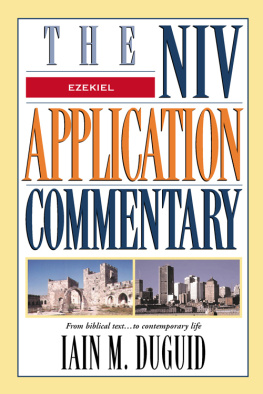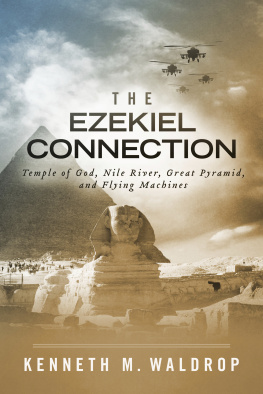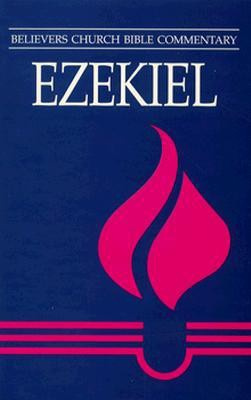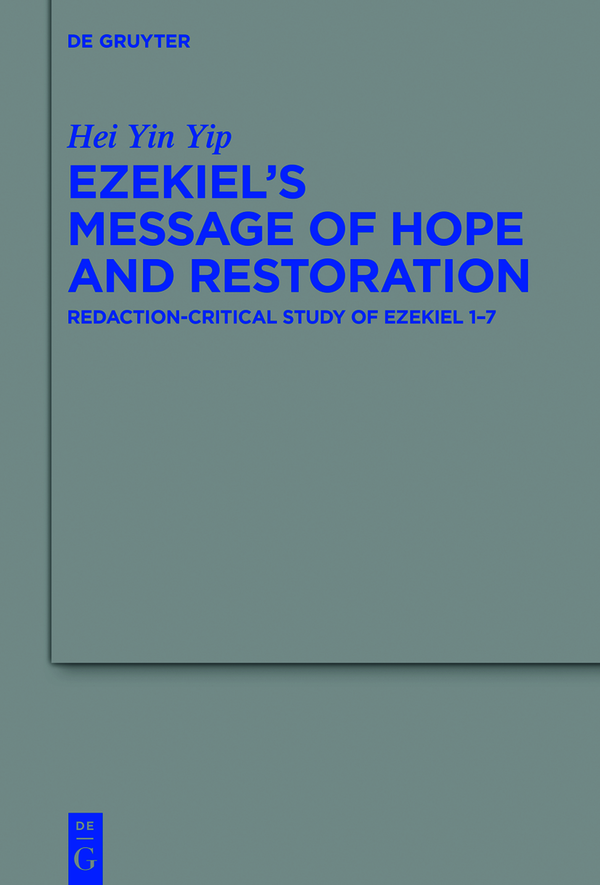Beihefte zur Zeitschrift fr die alttestamentliche Wissenschaft
Edited by
John Barton
Reinhard G. Kratz
Nathan MacDonald
Sara Milstein
Markus Witte
Volume
ISBN 9783110711264
e-ISBN (PDF) 9783110711578
e-ISBN (EPUB) 9783110711677
Bibliographic information published by the Deutsche Nationalbibliothek
The Deutsche Nationalbibliothek lists this publication in the Deutsche Nationalbibliografie; detailed bibliographic data are available on the Internet at http://dnb.dnb.de.
2021 Walter de Gruyter GmbH, Berlin/Boston
Abbreviations
AB
Anchor Bible
ABDD.N. Freedman (ed.), The Anchor Bible Dictionary (6.vol., New York: Doubleday, 1992)
AnBib
Analecta Biblica
AOAT
Alter Orient und Altes Testament
AOTC
Apollos Old Testament Commentary
ASOR
American Schools of Oriental Research
ATD
Das Alte Testament Deutsch
ATSAT
Arbeiten zu Text und Sprache im Alten Testament
BibBiblica
BBB
Bonner biblische Beitrge
BDB
Brown, F., S.R. Driver and C.A. Briggs, A Hebrew and English Lexicon of the Old Testament. Oxford: Clarendon, 1907
BEATAJ
Beitrge zur Erforschung des Alten Testaments und des antiken Judentums
BETL
Bibliotheca Ephemeridum Theologicarum Lovaniensium
BHRGA Biblical Hebrew Reference Grammar
BHSBiblica Hebraica Stuttgartensia. Edited by K. Elliger and W. Rudolph. Stuttgart: Deutsche Bibelstiftung, 1977
BHT
Beitrge zur historischen Theologie
BJSUC
Biblical and Judaic Studies from the University of California
BZBiblische Zeitschrift
BZAR
Beihefte zur Zeitschrift fr altorientalische und biblische Rechtsgeschichte
BZAW
Beihefte zur Zeitschrift fr die alttestamentliche Wissenschaft
CADThe Assyrian Dictionary of the Oriental Institute of the University of Chicago. Chicago: Oriental Institute, 19562006
CahRB
Cahiers de la Revue biblique
CBET
Contributions to Biblical Exegesis and Theology
CBR
Currents in Biblical Research
CBQCatholic Biblical Quarterly
CBQMS
Catholic Biblical Quarterly Monograph Series
CC
Continental Commentaries
ConBOT
Coniectanea biblica, Old Testament
DCHThe Dictionary of Classical Hebrew. Edited by D.J.A. Clines. Sheffield, 1993
ETLEphemerides Theologicae Lovanienses
FAT
Forschungen zum Alten Testament
FB
Forschung zur Bibel
FOTL
Forms of the Old Testament Literature
FRLANT
Forschungen zur Religion und Literatur des Alten und Neuen Testaments
GKC
Gesenius Hebrew Grammar. Edited by E. Kautzsch. Translated by A.E. Cowley. 2nd ed. Oxford: Clarendon, 1910
HALOTKoehler, L., W. Baumgartner, and J.J. Stamm, The Hebrew and Aramaic Lexicon of the Old Testament. Translated and edited under the supervision of M.E.J. Richardson. 4.vols. Leiden: Brill, 19941999
HBThHorizons in Biblical Theology
HeyJHeythrop Journal
HSAT
Die Heilige Schrift des Alten Testaments. Edited by E. Kautzsch and A. Bertholet. 4th ed. Tbingen, 19221923
HSM
Harvard Semitic Monographs
IBCTP
Interpretation: A Bible Commentary for Teaching and Preaching
IBHSAn Introduction to Biblical Hebrew Syntax. B.K. Waltke and M. OConnor. Winona Lake, IN, 1990
ICC
International Critical Commentary
ITC
International Theological Commentary
JAOSJournal of the American Oriental Society
JBLJournal of Biblical Literature
JBLMS
Journal of Biblical Literature Monograph Series
JNSLJournal of Northwest Semitic Languages
JPSTC
Jewish Publication Society Torah Commentary
JQRJewish Quarterly Review
JSOTJournal for the Study of the Old Testament
JSOTSup
Journal for the Study of the Old Testament: Supplement series
JSSJournal of Semitic Studies
KAT
Kommentar zum Alten Testament
LAI
Library of Ancient Israel
LHBOTS
Library of Hebrew Bible/Old Testament Studies
LSAWS
Linguistic Studies in Ancient West Semitic
LSTS
Library of Second Temple Studies
LXX
Septuagint
MT
Masoretic Text
NCBC
New Century Bible Commentary
NICOT
New International Commentary on the Old Testament
NIVAC
New International Version Application Commentary
OBO
Orbis Biblicus et Orientalis
OTL
Old Testament Library
OTM
Oxford Theological Monographs
PTMS
Princeton Theological Monograph Series
RBRevue Biblique
SBS
Stuttgarter Bibelstudien
SBL
Society of Biblical Literature
SBLANEM
SBL Ancient Near Eastern Monographs
SBLDS
SBL Dissertation Series
SBLSymS
SBL Symposium Series
SHBC
Smyth & Helwys Bible Commentary
STAR
Studies in Theology and Religion
TOTC
Tyndale Old Testament Commentaries
TDOTTheological Dictionary of the Old Testament. Edited by G.J. Botterweck and H. Ringgren. Translated by J.T. Willis, G.W. Bromiley, and D.E. Green. 8.vols. Grand Rapids, MI, 1974
TWATTheologisches Wrterbuch zum Alten Testament. Edited by G.J. Botterweck and H. Ringgren. Stuttgart: Kohlhammer, 1970
UBC
Understanding the Bible Commentary Series
VTVetus Testamentum
VTSup
Supplements to Vetus Testamentum
WBC
Word Biblical Commentary
ZAWZeitschrift fr die alttestamentliche Wissenschaft
Introduction
Many scholars share Paul M. Joyces view Before moving on, it is necessary to define the texts under investigation in this book.
1.1 Defining the Basic Texts: Ezekiels oracle concerning his inaugural vision
One of the most distinctive features of Ezekiel is that the book lends itself to more than one structure. If we cast a quick glance at the various commentaries to Ezekiel, their descriptions of the structure of Ezekiel differ broadly from each other. The majority of contemporary scholars divide the book into three sections: Ezek 124 (punishment of Israel and Jerusalem); 2532 (punishment of foreign nations); 3348 (restoration of Israel and Jerusalem). In any case, the proposed structural models listed above are based on various criteria, including content, date of textual composition, and genre distinction; therefore a diverse mix of structural models emerges.
Among the various structural models, I was intrigued by the model that thematically structures Ezekiel as a book with the theme (the Glory of YHWH) because this model can account for the cohesive literary nature of Ezekiel. The recurrence of the theme in Ezekiels vision accounts (Ezek 13, 811, 37, and 4048)
Recently Tyler Mayfield has given a detailed study of the surface structure of Ezekiel; in his view, Ezek 17 is certainly a literary unit. He has argued convincingly that the structure of Ezekiel should be determined by the texts surface structure of the entire book, namely the chronological formulas and the prophetic word formulas. By identifying the chronological formulas in Ezekiel, thirteen distinct literary units for Ezekiel can be observed. The first chronological formula occurs in Ezek 1:1 and delineates the literary unit of Ezek 17.
I share Mayfields view that the chronological formulas serve as the major structural elements within Ezekiel, and that Ezek 17 is the literary unit. In other words, a redactional insertion in 1:2 does influence the literary interpretation in Ezek 17; the diachronic study of the chronological formulas is significant for the study of



